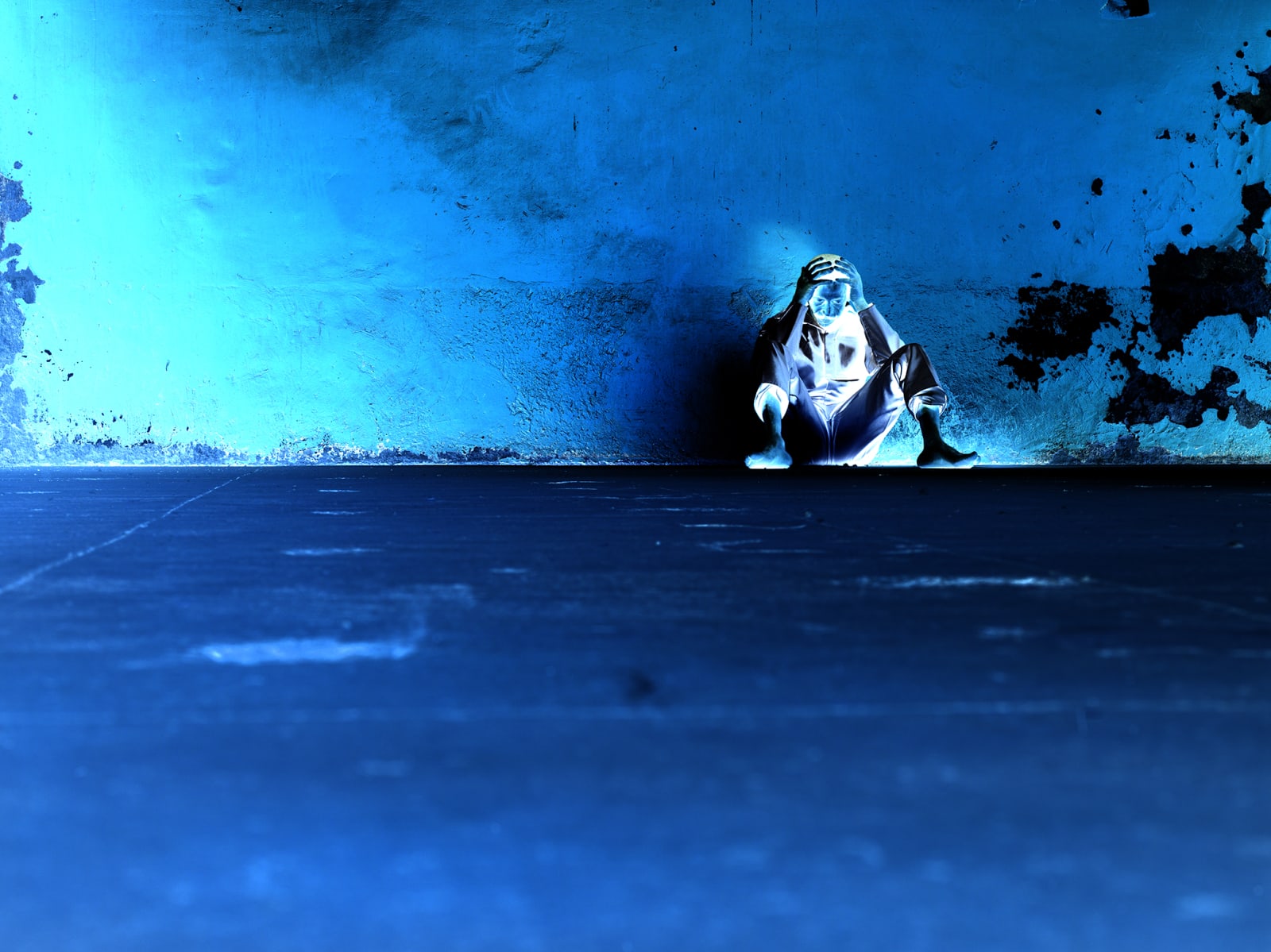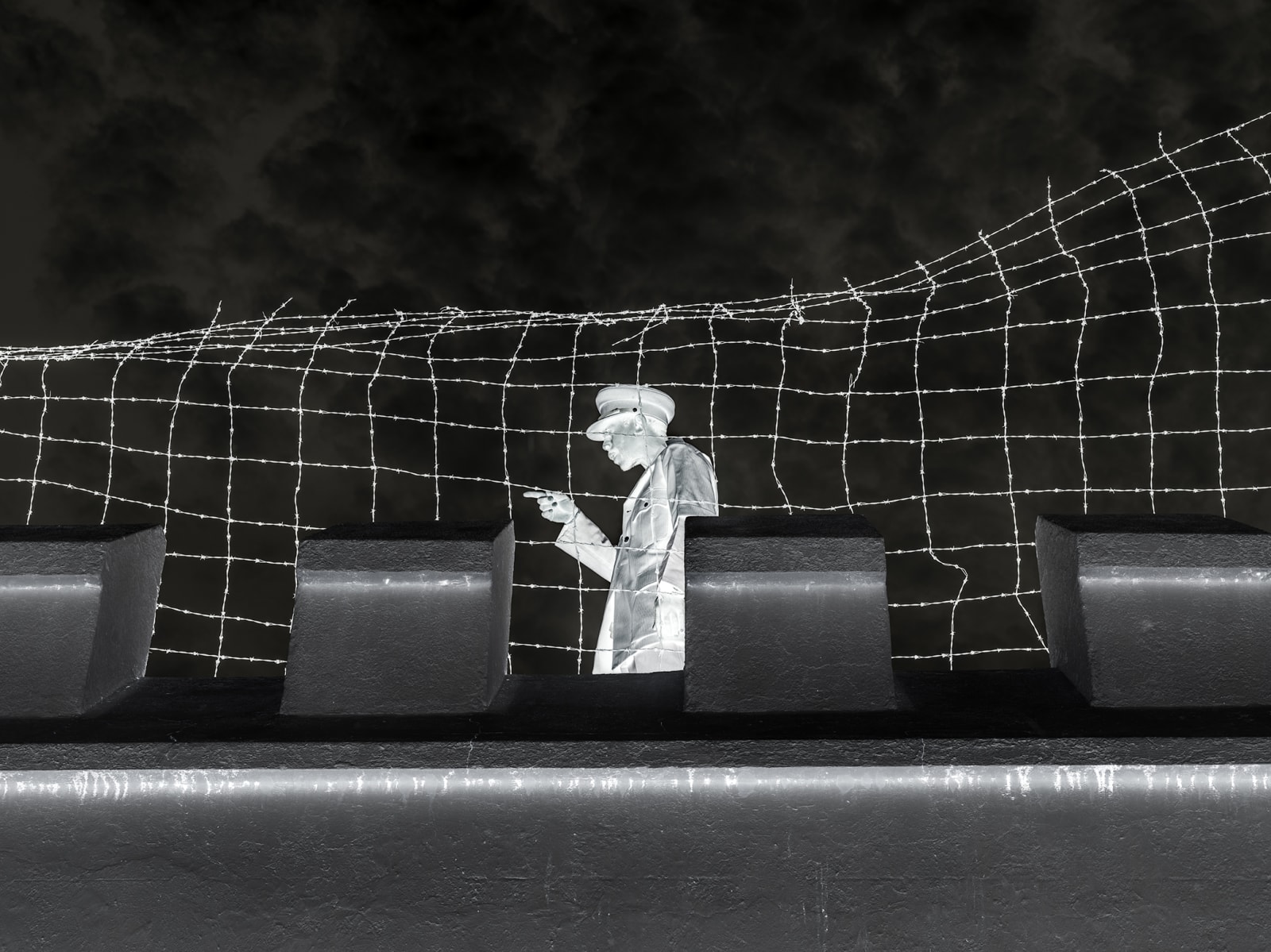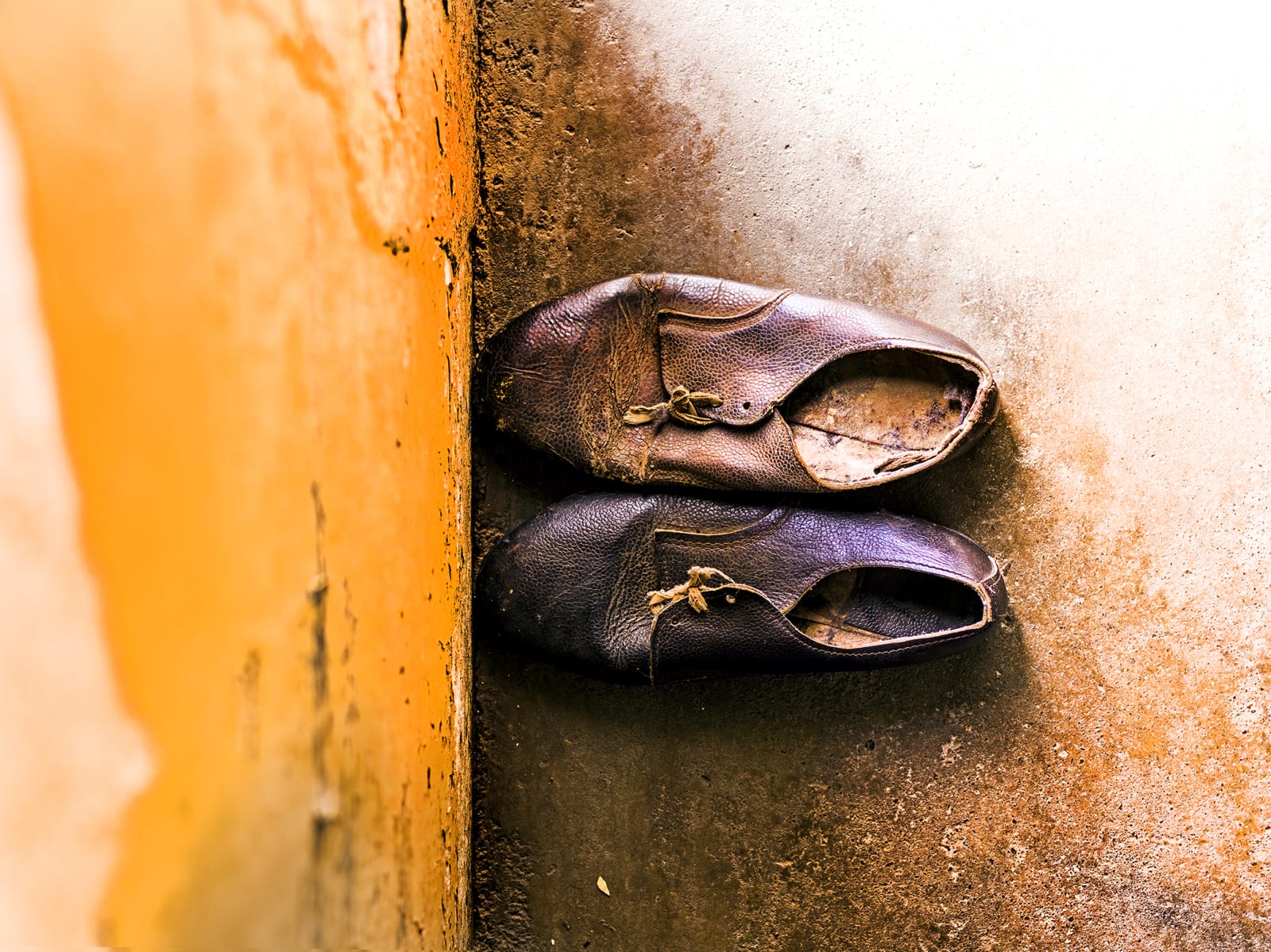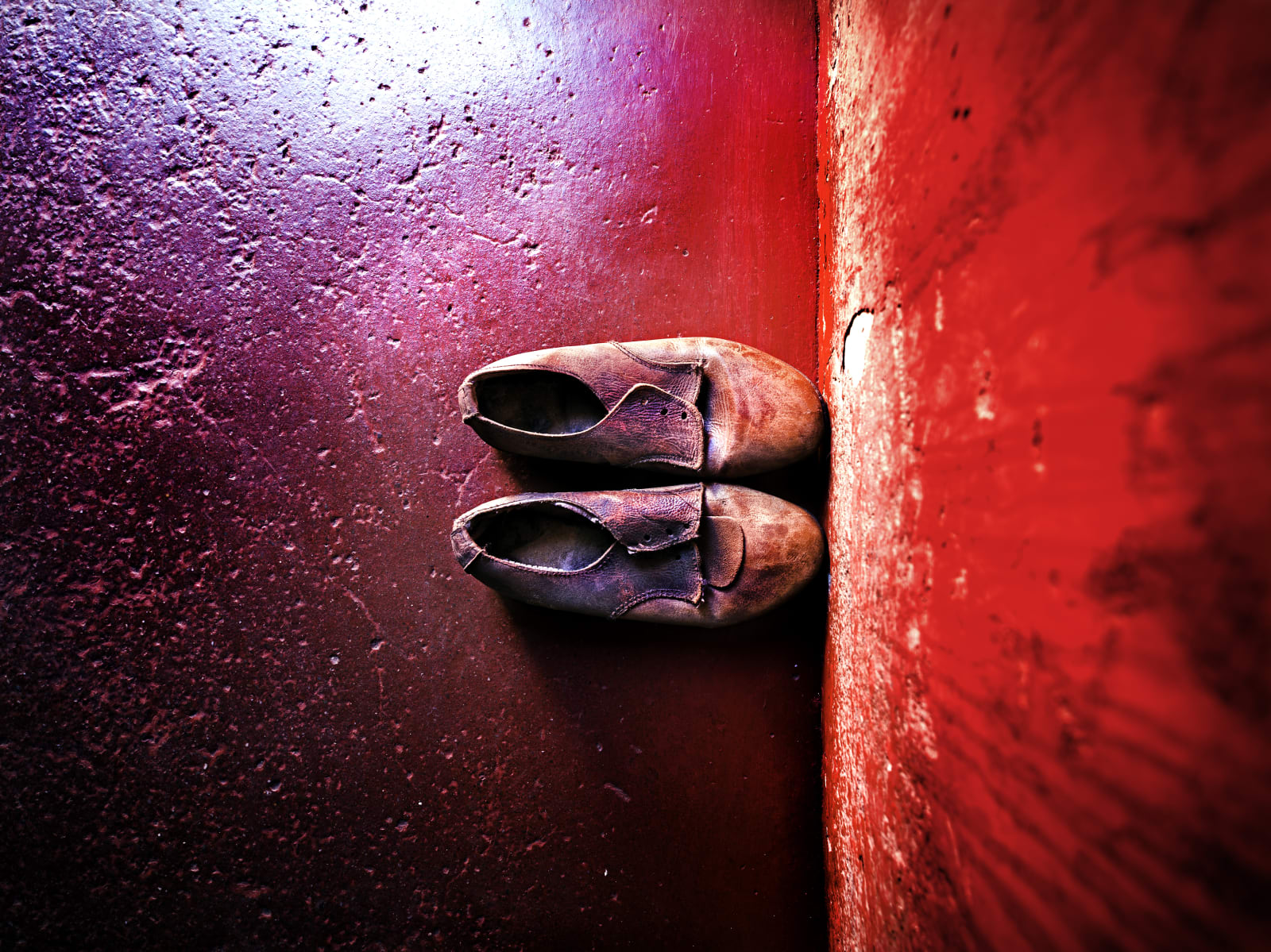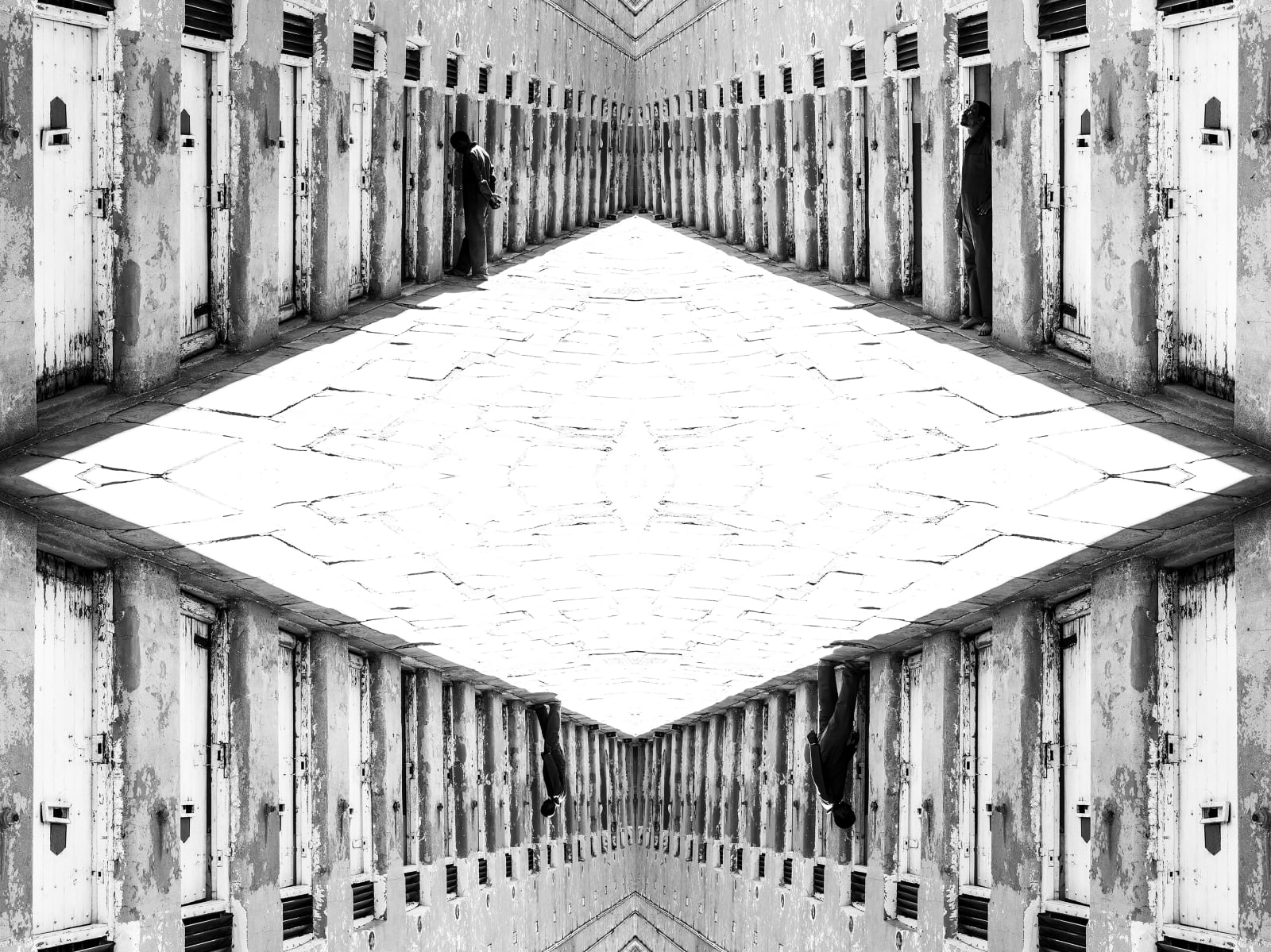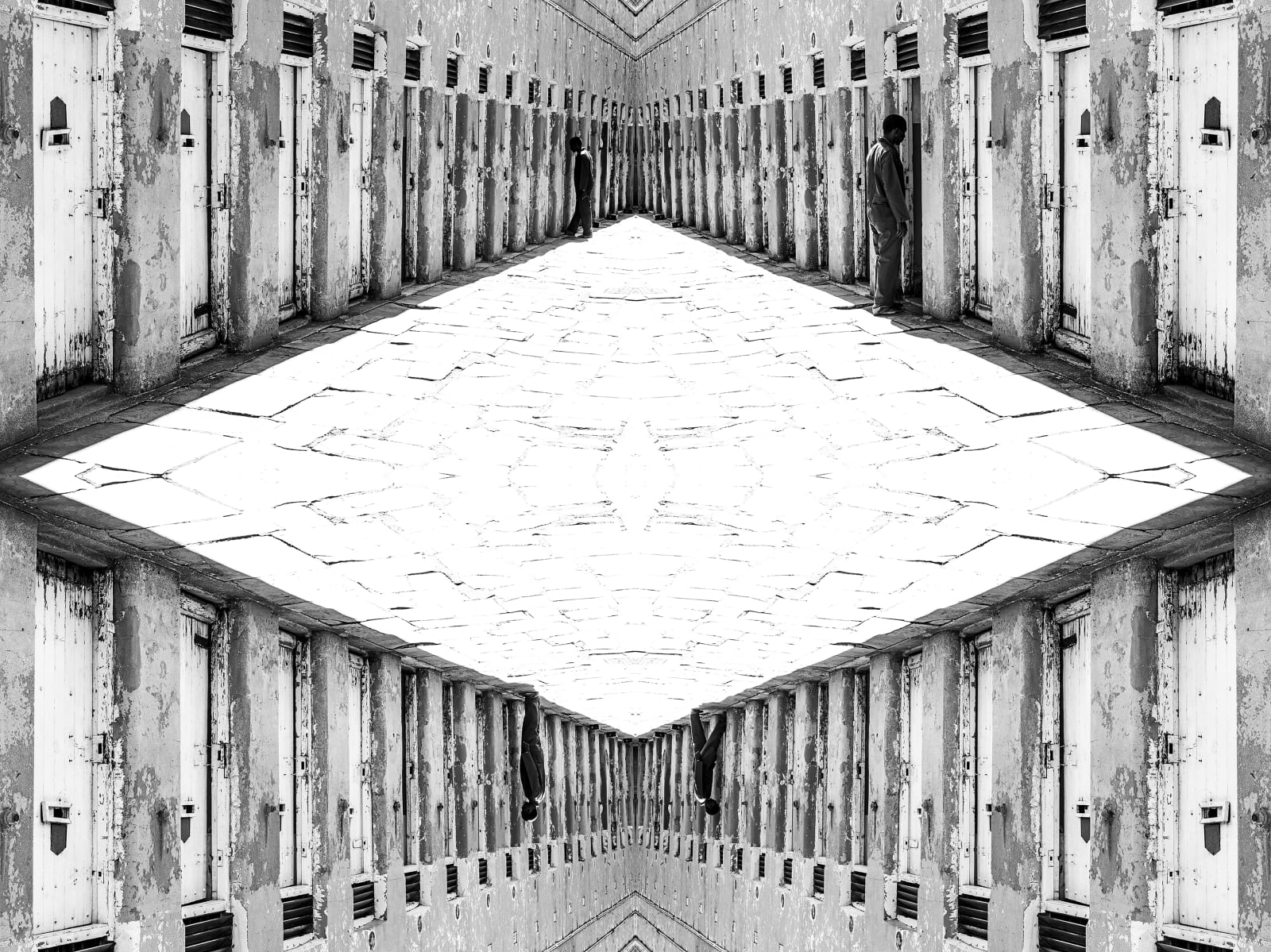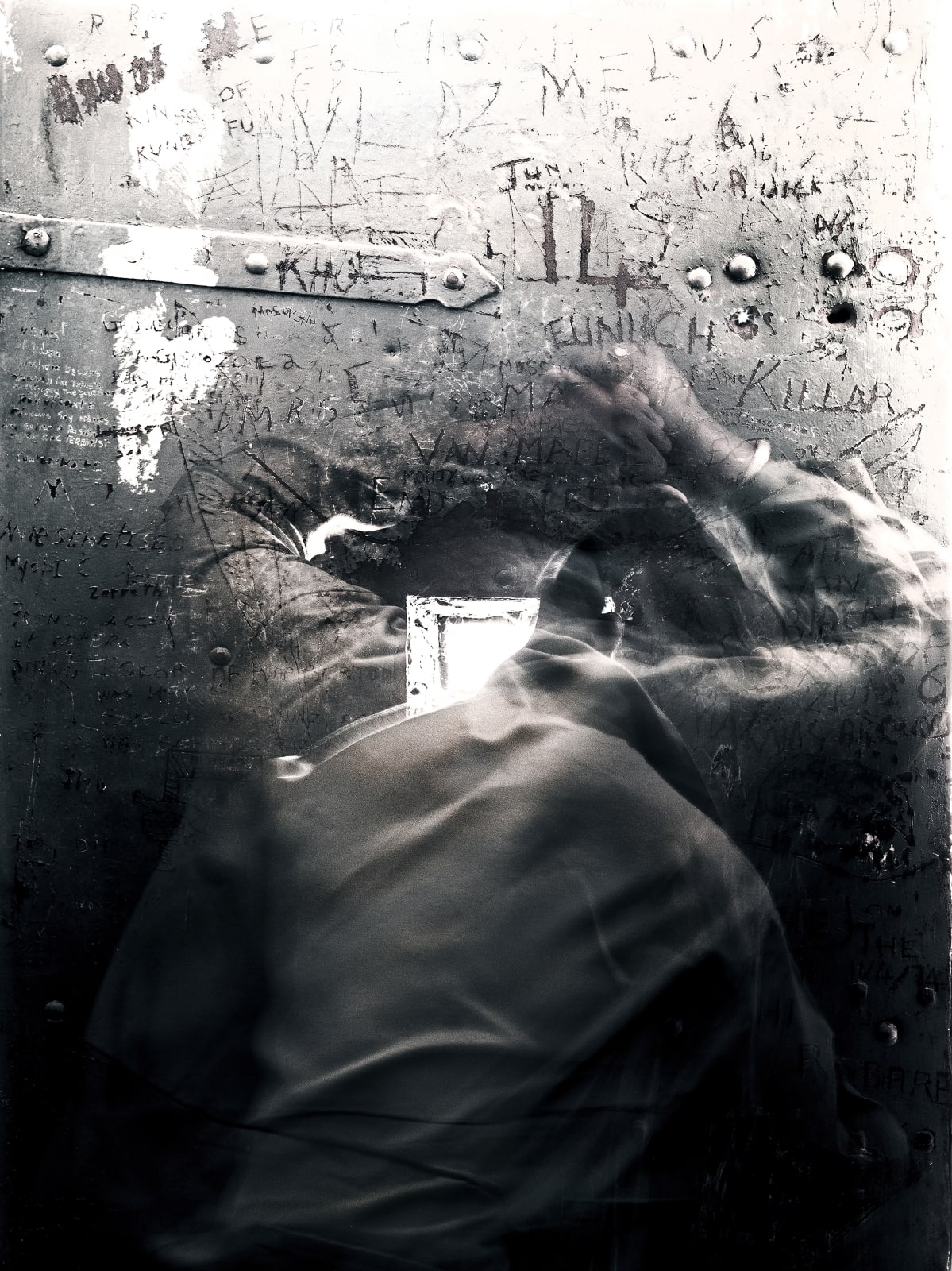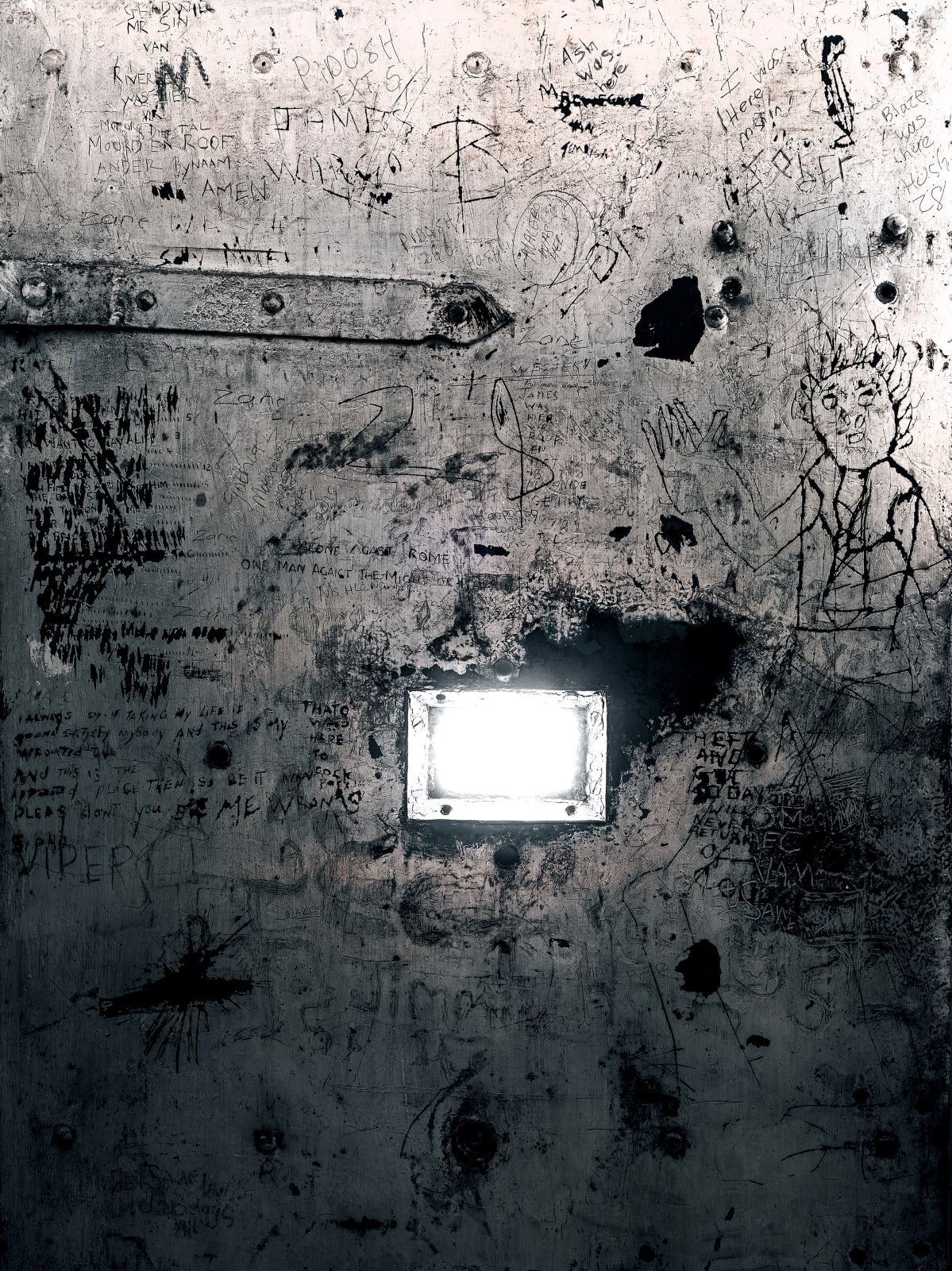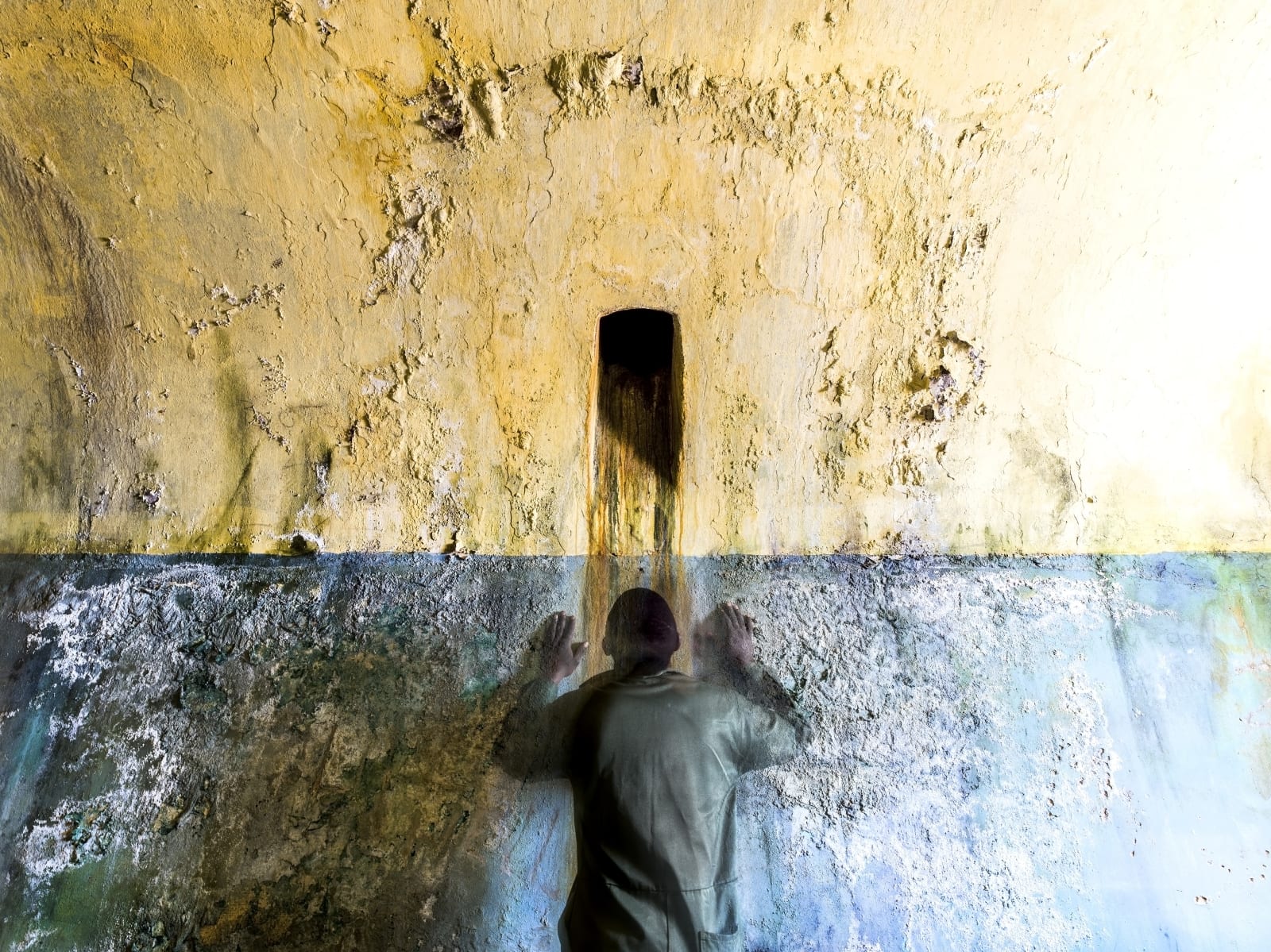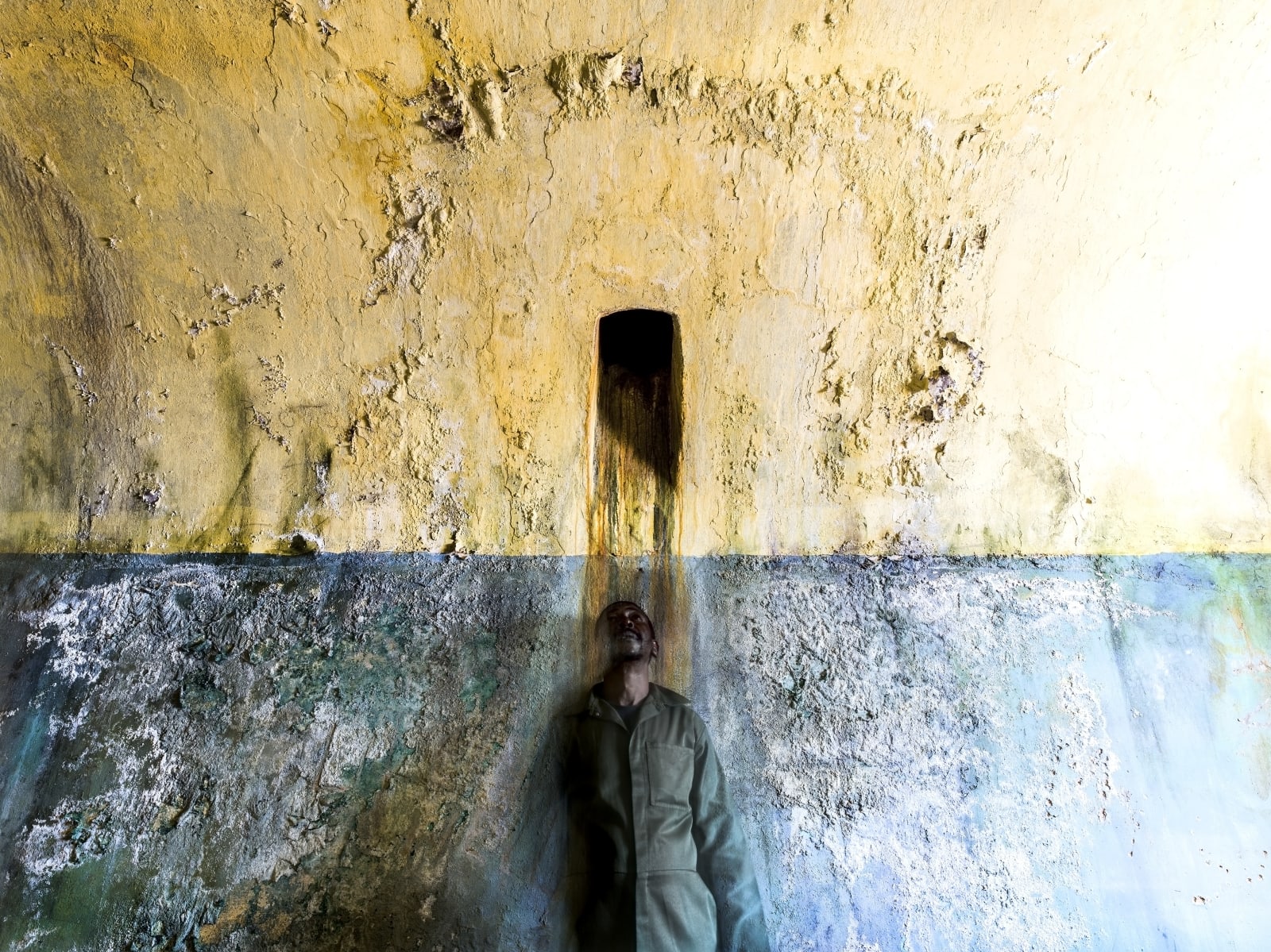Hidden Shadows, Silent Voices: Prisoner No. 4
Clint Strydom's series "Hidden Shadows, Silent Voices: Prisoner No. 4" was curated by Gaiseng Sathekge and showcased at Constitution Hill, a former prison complex in Johannesburg that now stands as a symbol of South Africa's journey toward justice. Through evocative use of colour and poignant black-and-white stills, Strydom explores the haunting history of the prison, focusing on the hidden narratives of its past prisoners. The series gives a powerful voice to those who suffered in silence, using dramatic contrasts and intimate compositions to evoke the emotional and physical confinement experienced within its walls. By highlighting the echoes of oppression and resistance, Strydom's work brings attention to the forgotten stories of struggle, identity, and survival that continue to resonate in South Africa's journey toward justice and reconciliation.
Curatorial statement | ‘Hidden Shadows and Silent Voices of Number 4’
Co-curated by Gaisang Sathekge
‘Hidden Shadows and Silent Voices of Number 4’ is a body of photographic narratives of the Number 4 prison cells. Visually captured by Clint Strydom using the powerful lens of a Hasselblad camera, these narratives are poetic representations of veiled histories and inaudible voices of individuals that once roared through the thick walls of Number 4 during their incarceration. As one walks through the uninhabited prison cells, one is haunted by a poignant presence lingering in the musty air saturated with souls of the deceased.
Number Four is a powerful place of history, which Clint Strydom’s photographic narratives tackles, taking us through memory lane by way of focusing on particular details and abstracting aspects of this specific prison cell. These narratives offer moments of wonderments and melancholy as they remind us of the nefarious treatment of black male prisoners during apartheid. Most of the men sentenced to this prison were pass laws offenders but inmates ranged from political prisoners like Prima Naidoo to the handbag snatcher Jack Mabaso and murderer Nongoloza Mathebula.
There are numerous accounts of inhumane death resulting from disease and violent beatings by both prison wardens and gang members, adding to the overpopulated prison cells. One of the stories is of an ex-prisoner by the name of Lawrence Ndzanga who, after the 1976 student uprisings, was kept in solitary confinement – he was hypertensive and due to negligence, he died while his wife (now a parliamentarian) was kept in the Women’s Jail and was not granted permission to bury her husband.
It is these stories that Clint Strydom investigates through photographic narratives that are metaphoric and contemplative. They are mystical yet penetrating narratives that remain hidden shadows and silent voices deserving attention in our ongoing search and telling of a complex story of South Africa’s past. Clint Strydom’s exhibition is concerned with such complex story of the past, an exhibition which presents a spirit-evoking body of photographic works that takes us on a time-travel experience of those beings who once hauled the shackles of inhumanity.
Prison Number 4 stands as a testament to and custodian of the memories of pain, suffering, humiliation, and basic human rights violations that were endured within these walls. The prison cells are now empty and the people who were incarcerated here are now “free”. However, as we walk through this monument, we are haunted by a poignant presence that lingers in the musty air, of the souls and the memories of those who once inhabited these spaces.
These photographs are less about a realistic representation of Prison Number 4 as they are about enabling the viewer to feel some of the emotions and spirit of those who were incarcerated here. They successfully capture and portray the slow passing of time in their almost melancholic nature. They inspire and revisit feelings of isolation, despair, loneliness, and futility with masterful use of colour, shadows, shapes and textures.
The photographer has somehow managed to go back in time to capture and represent the emotions of the prisoners through photographic narratives that are both metaphoric and contemplative. These photographs provide a voice to those who were incarcerated in Prison Number 4 and contribute to our nation’s ongoing search for healing.

